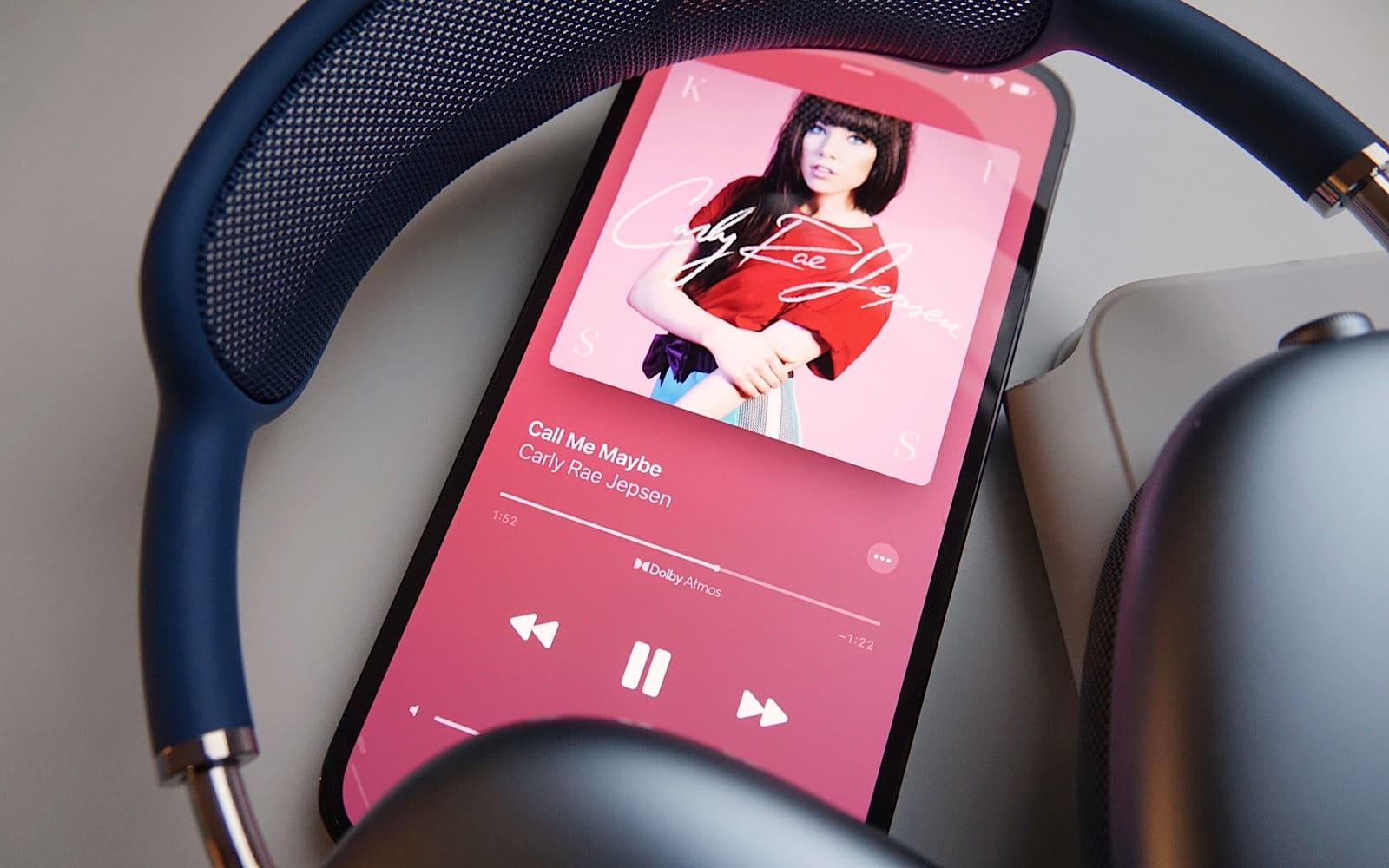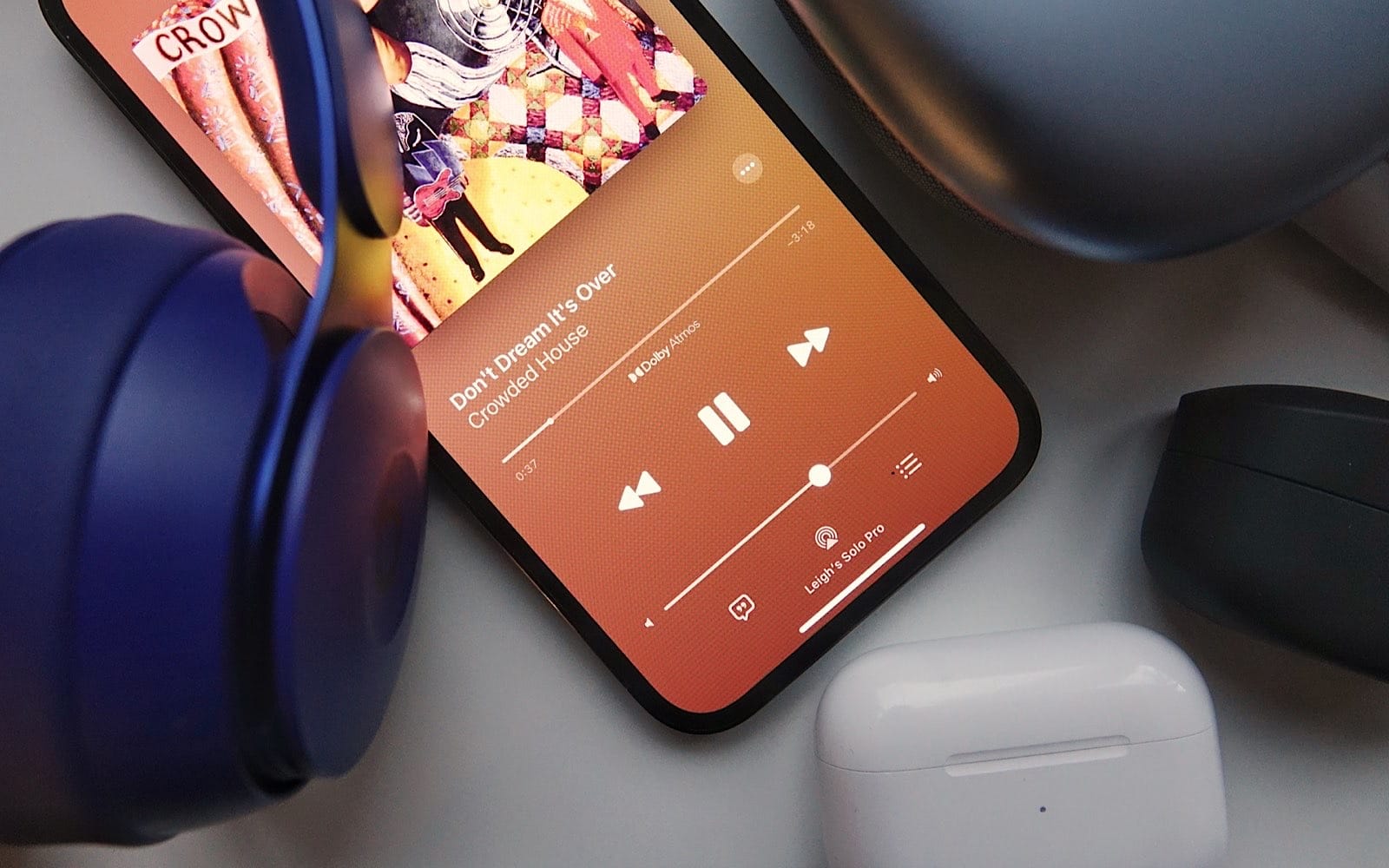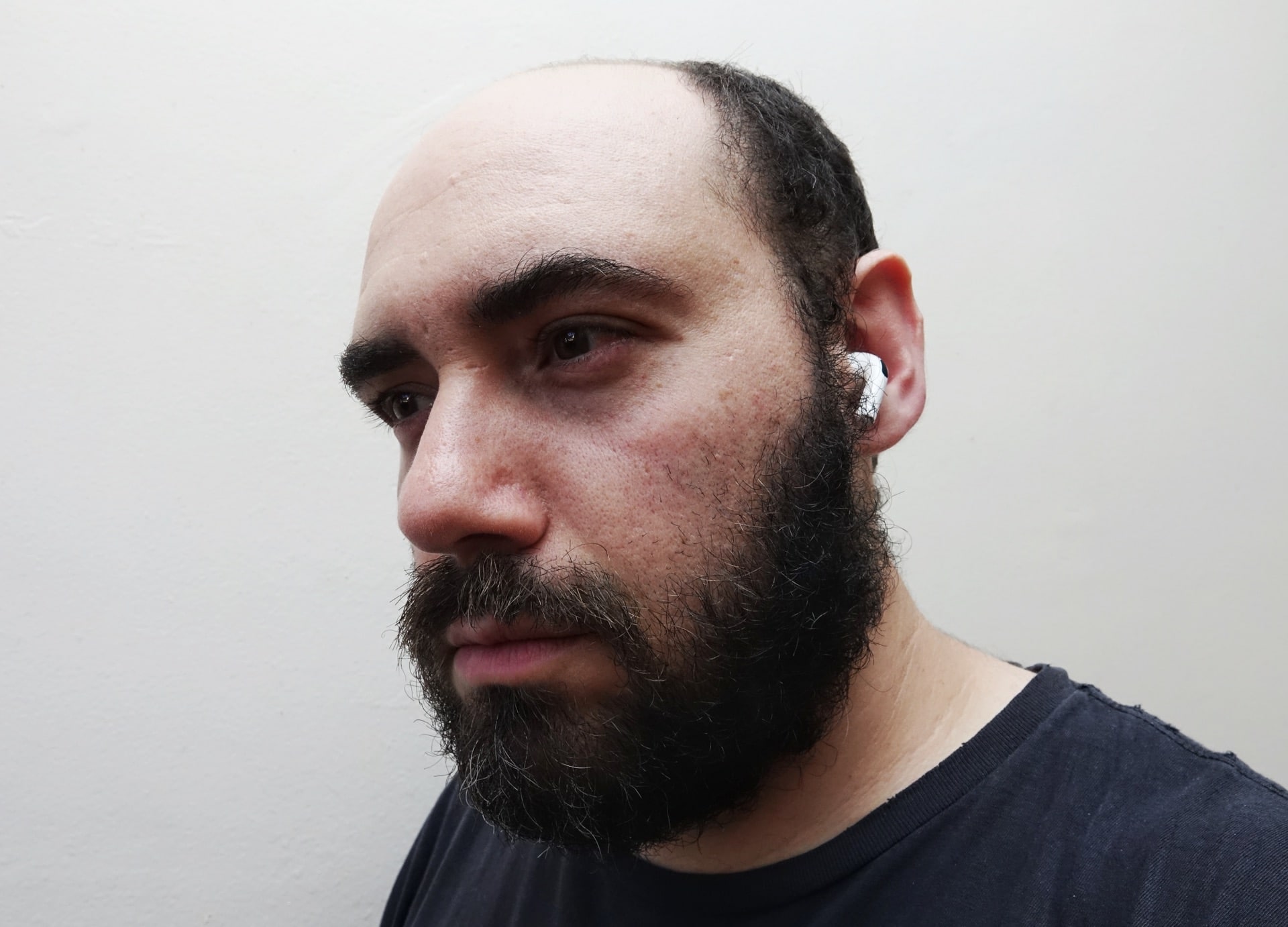That directional sound is coming to what you hear on Apple Music, as Atmos changes the direction of audio. How does it work, and what do you need to make it work?
The name “Dolby Atmos” may well be known in the movie and TV world, but in music, it’s beginning to make a dent, as well.
It first rocked up in music tracks last year on Tidal, when the service added support for Dolby Atmos on Apple TV, which when connected to an Atmos soundbar like the Sonos Arc delivered a new style of dimensionality in music worth hearing. It was no longer about merely turning up the volume and going crazy for music, but rather really listening to elements placed around the room, creating a 3D sound that gave new dimension to your favourite tracks.
This 3D approach to music required a 3D capable sound system, either with multiple speakers positioned around the room or — more likely — with speakers that fired up and bounced sound on your ceiling. The method of bouncing sound is how most homes will create an Atmos sound in a home theatre, either with special speakers and an amplifier or top-mounted speakers built into a soundbar.
However, it’s not an approach that works for everything, and with more of us listening to music on our phones, Dolby Atmos could impact there, as well.
That is likely the reason why Apple Music got on board with Dolby Atmos this year, bringing the dimensional approach to music into its service, but keeping it as part of the same price as everything else.
While Tidal charges an extra fee for Dolby Atmos support, bundled in with its slightly higher cost for lossless on Tidal HiFi, Apple Music’s inclusion of both lossless audio and Dolby Atmos is part of its standard cost, no extra charges. And it’s a move that is likely bringing customers, but also change to how we listen to the music we love.
With around 25 percent of releases coming out in Atmos and 40 of the top 100 songs available in spatial audio, it means the music industry isn’t just sticking with that old format of stereo. Rather, it’s waking up to how we can hear things today.
How we hear in stereo and spatial
In stereo, you have two channels aimed at those two aural cavities on the side of your head: your ears. Audio is positioned for the left and right channels, and you hear information in two channels, something we call stereo.
In spatial audio, you’re still technically hearing through those two channels, but elements are positioned in the audio mix in different ways, allowing the sound to appear more spatial and with a different stage.
Used with a proper 3D sound system, such as a Dolby Atmos soundbar, the speakers fire specific sounds up and behind to create that dimensional effect, absorbing you in the middle of the music. It’s an approach similar to a experiencing a binaural recording, where sounds are captured, mixed, and released from the position of a head, played back so that you feel you’re a part of the sound, as opposed to played to the sound.
However, this is just one part of spatial audio, because the next part takes into account your movements.
How dynamic head-tracking spatial audio works
Spatial audio is exciting and changes the landscape for sound, but it goes a step further when you add head-tracking.
Much like how phones support motion tracking through an accelerometer — handy if you need to change from portrait to landscape — some headphones include motion tracking, as well. They’re few in number, but it is growing, and Apple included the technology in two of its earphones: the AirPods Pro and the AirPods Max.
Up until this point, the head-tracking technology only worked in select movie and TV soundtracks for dynamic spatial sound, allowing you to move your head and hear where the audio was coming from. Kinda, sorta.
The concept worked, but the results were limited, having only been compatible with movies and TV shows, and select versions at that.
This year, Apple’s iOS 15 has opened dynamic spatial to music on its Apple Music service, allowing the head tracking to work in tracks both released in Atmos, as well as tracks that haven’t been worked over in the 3D sound technology.
While converting to Atmos technically requires a sound engineer versed in the skills and armed with the right technology (there’s software for Atmos mixing), Apple has an internal rendering system that up-mixes stereo into Dolby Atmos-compatible audio for listeners.
The result means if you have the right headphones, Apple Music, and the feature switched on, you’ll be able to move your head from left to right and hear the audio change where it’s coming from.
How dynamic spatial music sounds
In spatial Atmos, appears to almost always be coming from your front, but when you turn your head, the sound mix changes as you move your head. It means if you’re listening to the Dolby Atmos mix of Crowded House’s “Don’t Dream It’s Over”, Neil Finn sounds like he’s singing to you from the front, but when you look to the right, your left ear becomes more forward-facing, and so it gets more of the sound of Finn’s voice, and everything else.
The Atmos render effectively allows what needs to be in front to sound like it’s coming from in front, while the directionality allows elements that could sound better from behind — light percussion, backing sounds — to appear as if they’re positioned not just at the ears, but around and behind them.
It’s a trickery not far from the psychoacoustics some speakers are using to create that Atmos sound, and it’s one that’s easy to fall for, all from inside your headphones.
Not everything is available in Atmos, mind you, and so Apple’s internal technology takes care of the heavy lifting bringing everything else to the world of 3D sound, but it seems to be applied across Apple Music if you have the hardware.
If you have either a pair of AirPods Pro or AirPods Max, plus an iPhone or iPad with iOS 15, and you’re using Apple Music, you can leave spatial switched on in your device settings, available when you check your dropdown power control screen and long press the Bluetooth sound box. That’ll open your sound device settings, which in turn opens the options: you have volume, noise control, and an option either for “Spatial Audio” if the track is in native Atmos or “Spatialise Stereo” if you’re going to hear an up-mix.
Upmixed Atmos effectively moves the audio to the front and changes the sound so that your head position changes the sound slightly, while native Atmos does that but also has other sounds played around you.
The good news is that upmixed Atmos on Apple Music seems to work for nearly anything on iOS 15. Testing it this week, we found it worked on tracks that weren’t engineered in Atmos and even the Apple Music radio show streams, even if it can take an extra couple of seconds to download. It means if you love listening to either Elton John or Zane Lowe’s respective shows (or any of the other Apple Music DJs), not only will the music they play sound like they’re more dimensional, but so will the DJs themselves.
Walking up the road to get lunch and playing Elton’s Rocket Hour felt like we were sitting in the studio with the legend himself, and he was just cueing records and talking to us rather directly. It’s a different experience than simply listening to a recording of him talking, and one that feels more immersive than it ever really has.
Apple Music dynamic spatial sound requirements and availability
To experience this structural strange and yet sumptuous sense of sound, however, you need some gear, and right now, it’s just two headphones plus an iOS 15 capable device.
If you have a recent iPhone, you’ll have that last one, but the requirement on the headphone side of things is really specific. While Apple has standard AirPods, not even those will work here; you need the noise cancelling $399 AirPods Pro or larger $899 AirPods Max headphones. Meaning to get the spatial sound in Apple Music, you need to spend at least $399, or have already spent it.
When Apple releases its next standard truly wireless AirPods, you can probably expect them to come with the head tracking technology, but for now, the headphone selection is truly limited. No third party brands with great headphones are supported — you can’t make the excellent Sony WH-1000XM4 headphones work in spatial audio — and even headphones from Beats which are owned and made by Apple don’t have the technology needed to run dynamic spatial audio.
For now, it is truly specific, but a great beginning. It is exactly what we thought was missing when spatial audio launched with movies last year, and could change how we experience music altogether. Now we just need all the time to listen to our music, and re-listen again and again to see whether Atmos changes the way we enjoy all of what music has to offer.










